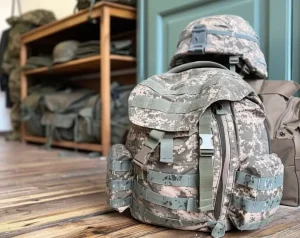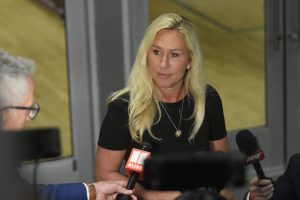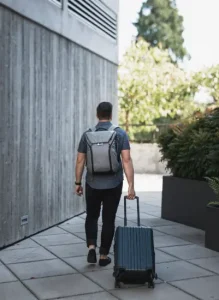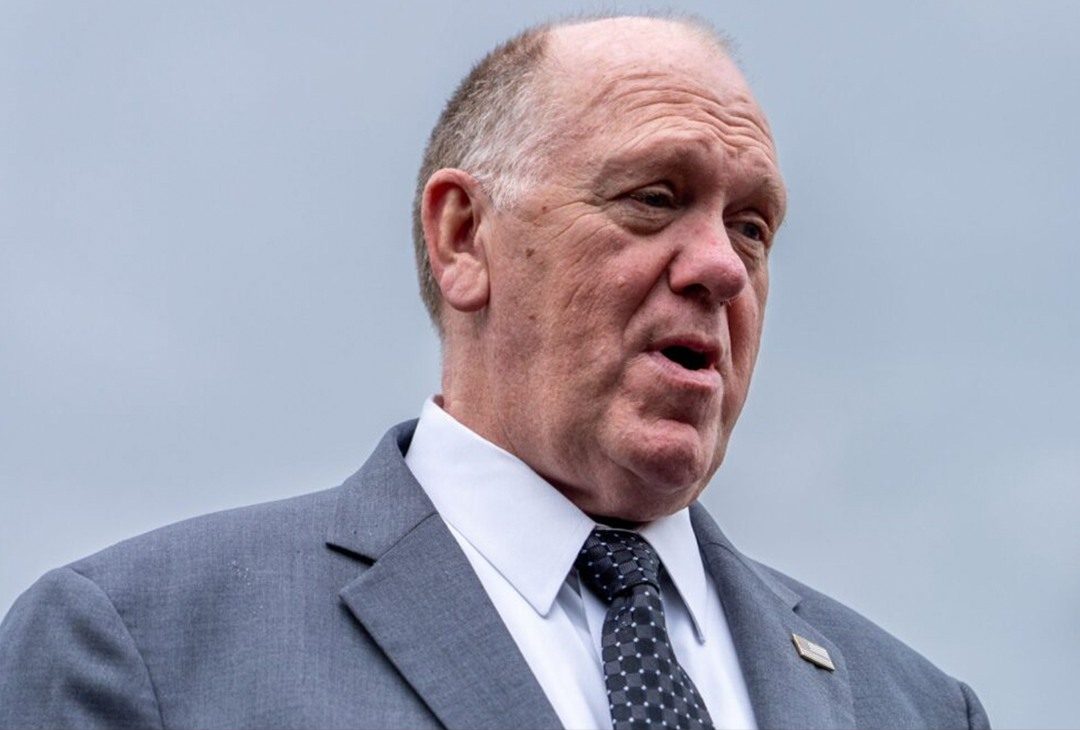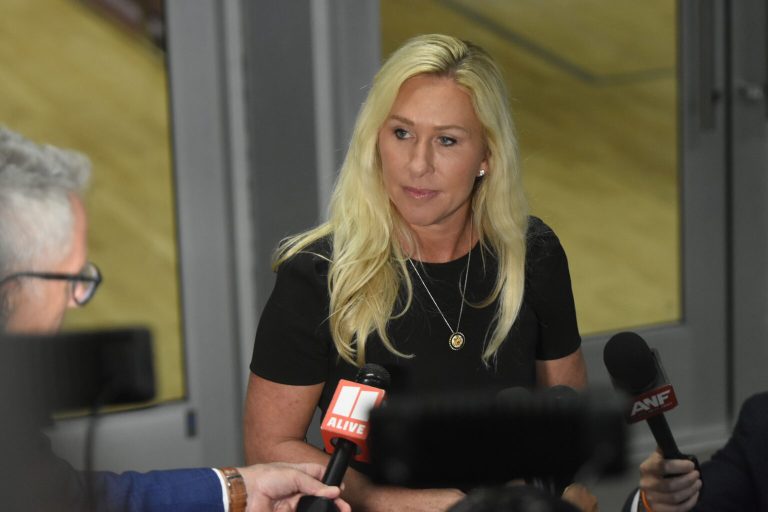NOTE: VIDEO AT THE END OF ARTICLE
In a revealing and unexpected moment, a former top immigration official under President Barack Obama has echoed concerns long voiced by conservative border hawks — and it’s shaking up the immigration debate all over again.
During a live segment on NewsNation Now, John Sandweg, who previously served as acting director of Immigration and Customs Enforcement (ICE), agreed with Trump-appointed Border Czar Tom Homan that sanctuary city policies may be doing more harm than good.
The moment came after host Connell McShane aired a clip of Homan explaining the logistical and safety risks that ICE faces when cities block access to local jails.
“Let Us In the Jails”
In the clip, Homan makes a blunt case: ICE agents do their job more safely and efficiently when allowed to operate inside jails, where targets are already in custody.
“If you don’t want to let us in the jail, we’re going to have to go into the community and find them,” Homan said. “Which means more officers in the neighborhood… We’re going to find that criminal alien. So again, let us in the jail. More officers in the jail means less officers on the street.”
The implication: when ICE loses jail access, they shift operations into neighborhoods, workplaces, and public areas — increasing the odds of collateral arrests and escalating community tension.
Obama-Era ICE Chief: “I Don’t Disagree With Tom”
In a response that surprised many viewers, Sandweg conceded that Homan had a point.
“I don’t disagree with Tom on this one,” Sandweg said. “When you restrict ICE from getting into the jail, that does force the agency to go out on the street looking for these guys.”
Sandweg’s acknowledgment stands in sharp contrast to the views held by many progressive city officials — particularly in places like New York and Los Angeles — who argue that limiting ICE access makes immigrant communities feel safer.
But according to Sandweg, there’s a trade-off: forcing ICE into the streets makes enforcement more chaotic and potentially riskier for everyone.
Collateral Damage and Mixed Priorities
Sandweg elaborated that street-level operations often lead ICE agents to encounter — and detain — undocumented individuals who weren’t even their primary targets.
He referenced a case involving a man who had been arrested four times and had a deportation order. Despite being on ICE’s radar, he wasn’t actively pursued under the current enforcement priorities.
“We weren’t out there looking for him because…the administration has put ICE under so much pressure to round up larger numbers,” he said. “They’re out on these worksites and these farm fields. That’s just not where you find these guys.”
Return to “Targeted Enforcement”
Sandweg urged a return to what he called “targeted enforcement” — ICE operations that focus on known criminal aliens rather than broad sweeps or mass detentions.
“That’s what the men and women at ICE want to do. They want to get these bad guys,” he said. “We’re all a little safer when ICE is focused on these bad guys first.”
He also added that when ICE is working in tandem with local law enforcement inside jails, operations are more precise, more effective, and less disruptive to immigrant communities overall.
Political Whiplash
The interview has sparked immediate reaction from both sides of the immigration debate.
Supporters of stronger border enforcement say Sandweg’s remarks confirm what they’ve argued all along — that sanctuary cities unintentionally create more risk for both law enforcement and undocumented residents.
Critics, however, maintain that collaboration with ICE erodes trust between immigrant communities and local police, discouraging victims and witnesses from coming forward in criminal investigations.
Growing Pushback in NYC and Beyond
ICE’s presence in major cities like New York has come under increasing fire, with city officials doubling down on sanctuary policies that block federal access to jail rosters and booking info.
Mayor Eric Adams, who has taken a more moderate approach to immigration, has still faced heat for not doing enough to enforce deportation orders.
Meanwhile, officials like Tom Homan continue to insist that without access to jails, ICE agents are left with little choice but to pursue suspects in public — a scenario they say no one should want.
What’s Next?
Sandweg’s public agreement with Homan could signal a shifting consensus — or at least a recognition that even well-intended policies have trade-offs. As cities debate the future of sanctuary policies, law enforcement officials are increasingly calling for smarter, more cooperative enforcement strategies.
For now, the battle over ICE’s role in local law enforcement continues to divide communities, courtrooms, and campaigns. But if former Obama officials are starting to side with Trump’s border team, the political lines may be blurrier than ever.

Sarah Mitchell is a bestselling novelist recognized for her insightful and emotionally resonant stories that explore the complexities of human relationships. Originally from Denver, Colorado, Sarah grew up in a family of teachers who nurtured her curiosity and love for storytelling. She studied psychology at Stanford University, where she became fascinated by the intricacies of human behavior—an interest that would later shape her writing career. Sarah’s novels are praised for their nuanced characters, intricate plots, and ability to capture the subtle tensions that define love, friendship, and family ties. Her breakthrough novel, The Spaces Between Us, became an instant bestseller, lauded for its honest portrayal of strained family relationships and the fragile bonds that hold people together. Since then, she has published several works that continue to captivate audiences around the world. Outside of her writing career, Sarah is passionate about mental health advocacy and often partners with organizations to promote awareness and support for those struggling with emotional well-being. Her personal life is quieter—she enjoys hiking in the Colorado mountains, practicing yoga, and spending time with close friends. With each new book, Sarah Mitchell cements her reputation as a writer who illuminates the beauty and struggles of human connection.

